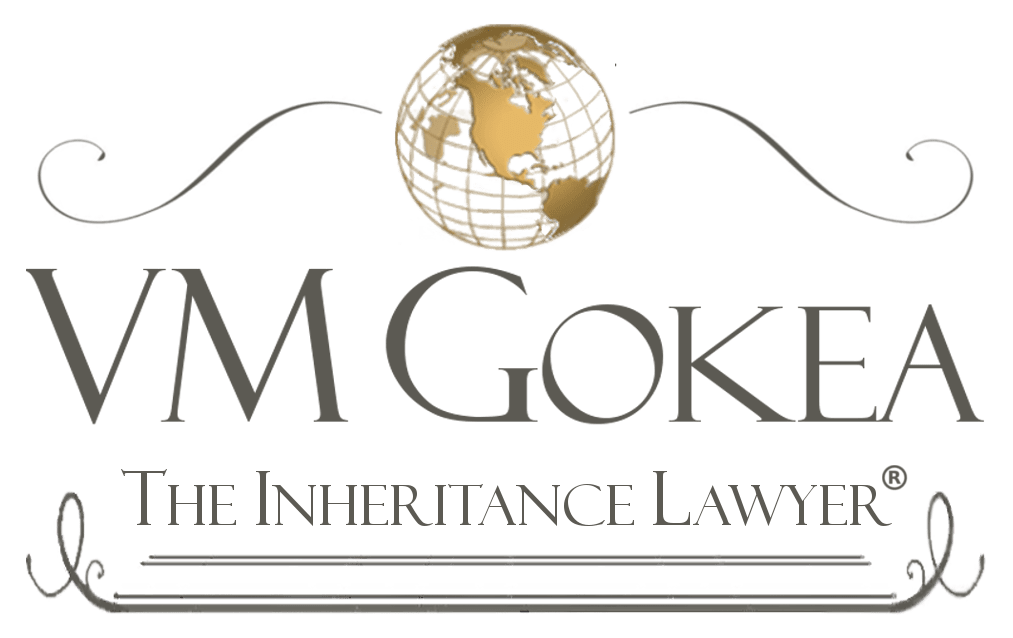Electing Portability Treatment

Every person is entitled to give away a certain amount of money tax-free, either during life or at death. The amount has varied over the years due to acts of Congress, inflation adjustments, or both. In 2000, the amount that could be given estate and gift tax-free was $600,000. Congress then passed a law that increased the amount over the next decade to as high as $3.5 million per taxpayer. In 2010, the estate tax was eliminated, but it reappeared in 2011 with a $5 million dollar exclusion limit. The $5 million exclusion amount was indexed for inflation and in 2016 the magic number is now $5.45 million. A taxpayer can now either give away as much as $5.45 million during life (leaving no estate tax-free amount to pass at death) or as much as $5.45 million at death (assuming no major gifts were made during life). As an example, an individual dying in 2016, who made taxable gifts of $3 million during life, could give away an additional $2.45 million at death.
One other change called “portability” came about in 2011. Prior to the creation of portability, a married couple could lose the exclusion amount of the first spouse to die by giving everything to the surviving spouse. An example of this might be a married couple where husband has $3 million in assets and wife has $3 million in assets. If husband were to give his $3 million to his children upon his death (and not to wife), the full amount would pass to his children estate tax-free (assuming husband had at least $3 million of his $5.45 million exclusion left at the time of death). Wife could do the same with her $3 million. But if both spouses were to leave their share to the surviving spouse, the surviving spouse would now have $6 million in assets. The $6 million would be in excess of the surviving spouse’s $5.45 million exclusion amount and the child would have to pay estate tax on the excess $550,000 at a 40% estate tax rate (again assuming the surviving spouse died in 2016).
Estate planning attorneys have long avoided this undesirable result by not making outright gifts from the deceased spouse to the surviving spouse, and instead drafting trusts to hold the deceased spouse’s assets in trust for the surviving spouse. This is commonly referred to as “A/B” or “A/B/C” planning. Congress believed this was too complicated for the average married couple, and so it created portability. Portability allows the surviving spouse to add the deceased spouse’s unused exclusion amount (referred to as the Deceased Spouse Unused Exclusion Amount, or “DSUEA”) to their own exclusion amount and thereby double the amount that the surviving spouse can give away at death (or some lesser increase if the deceased spouse made large gifts during lifetime that used up some of the deceased spouse’s exclusion amount). However, in order to elect portability, the executor of the deceased spouse’s estate must “elect” portability on a timely-filed estate tax return for the deceased spouse. This is true even if there would be no estate tax due and, therefore, no other reason to file an estate tax return for the deceased spouse other than to elect portability. A timely-filed estate tax return is one that is filed no later than nine months after the death of the decedent, or fifteen months, if an automatic six month extension to file the return is timely-requested by the executor.
In Private Letter Ruling (PLR) 201621009 (Feb. 11, 2016), the executor of wife’s estate requested an extension of time to file the estate tax return for the deceased wife in order for the executor to elect portability. Under the law, the IRS has the authority to grant an extension of time to file certain estate tax returns if the reason for requesting the extension is determined to be reasonable by the IRS. Unfortunately, the cost for requesting a PLR is $9,100 plus whatever fees are paid to the attorney or other tax professional who prepares the PLR request. This is a high cost to pay for not filing the Form 706 estate tax return in a timely fashion – and there is no guarantee the IRS will grant the request.
When examining the facts of the PLR, the IRS determined that the executor of wife’s estate needed to file an estate tax return to elect portability on a given date and didn’t do so. The executor stated that he did not discover his duty to file the estate tax return to elect portability until after the due date of the estate tax return. The IRS determined that the size of the estate was less than the wife’s exclusion amount ($5.45 in 2016 – the PLR does not indicate the year of wife’s death – but it does indicate that she died after portability was enacted, which was in 2011). The PLR requested that the IRS grant the executor additional time to file the Form 706 estate tax return in order to elect portability and thereby allow husband to use both his and his wife’s exclusion amounts to make tax-free gifts during the remainder of his lifetime or at his death (up to the amount of the combined exclusion amounts).
The IRS further states in its PLR that it can grant an extension of time to file the estate tax return to elect portability (not to exceed six months) if it determines that the taxpayer acted reasonably and in good faith, and that granting relief will not prejudice the interests of the government. The IRS cited its regulations that state that a taxpayer is deemed to have acted reasonably and in good faith if the taxpayer reasonably relied on a tax professional and the tax professional failed to make, or advise the taxpayer to make, an election. As such, the IRS granted the husband an additional 120 days to file Form 706 electing portability of his wife’s unused exclusion amount or DSUEA. Had it found wife’s executor’s conduct to have been unreasonable, not in good faith, or to have prejudiced the government’s interests. the IRS could have denied the request for an extension.
Our firm is experienced in administering trusts and probate estates. As a member of the American Academy of Estate Planning Attorneys, our firm is kept up-to-date with information regarding new developments and planning and administration strategies. We have systems in place to help ensure important tax elections are not missed. You can get more information about a complimentary review of your clients’ existing estate plans and our estate planning, probate and trust administration services by calling our office.
